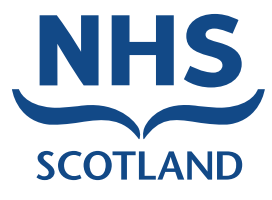As of autumn 2020, figures submitted to the Ministry for Housing, Communities and Local Government indicated that approximately 2688 people were sleeping rough in England. This figure is an estimate, as it is exceedingly difficult to get a true measure due to factors such as the ‘hidden homeless’, people who do not live on the street but are not counted in official statistics as they cycle between various temporary accommodations.
Since 2011, the number of homeless people is estimated to have risen by 26%.
Sheffield Walk In Centre has recently undertaken a piece of work designed to improve our offering to the homeless community in the city.
Objectives
• To strengthen our knowledge and understanding of the organisations in Sheffield which exist to provide assistance and services to homeless people
• To improve our pathways in order to signpost service users efficiently and quickly when they come to our Centre in need
Background and development
At Sheffield Walk In Centre, the Wellness Hub is a useful service for people in need; patients are able to drop in for help and support, finding a warm and welcoming environment where they can have something to eat and drink and talk to our team.
Alongside this, we are involved in the Harvest Appeal every autumn whereby staff and patients can bring in donations of food which is donated to Sheffield’s Archer Project. We have also set up a clothes bank onsite, so that we have a supply of spare clothing and shoes to hand out to people in need. We have found that this service is in highest demand during wintertime. We have arranged a system whereby we make up gift bags of essential items and go out into the city centre to hand these out to the homeless community.
To expand our offering, we have built links with a number of organisations: Shelter, Sheffield City Council, Street Outreach, Ben’s Centre, Archer Project, Help Us Help, St. Wilfred’s Centre, DACT, HAST and Devonshire Green Medical Centre. Through regular contact, discussions and attending key meetings, we have organised a direct referral system into these organisations so that we can gain help quickly and efficiently for service users.
Outcomes
Through our involvement with the aforementioned organisations, we are better informed when it comes to updates and news on services, including when new services become available. At meetings we are made aware of any updates regarding individuals in our area which may be beneficial for us to know, such as service users who may have additional needs or key contacts we can get in touch with if necessary.
We can also update our partner organisations on our own services, keeping them up-to-date with how we can help. We have been provided with free training for our staff members to help us provide the best possible service for our patients. Through our existing and developed pathways, we have been able to help many people in the community with clothes, food, drink, accommodation for the night and referrals into organisations.
We have received positive feedback from both our partner organisations and individuals we have helped through our new improved service, with both expressing their appreciation for our resources and streamlined referral process.





